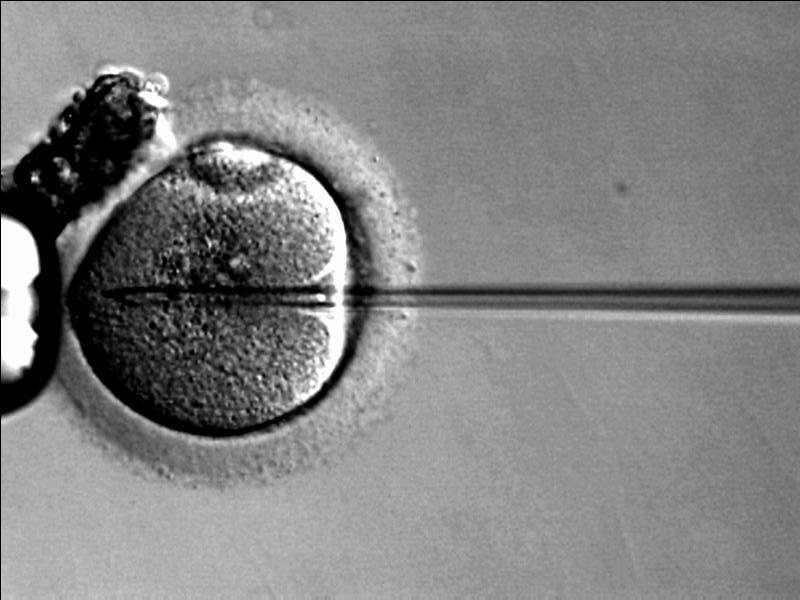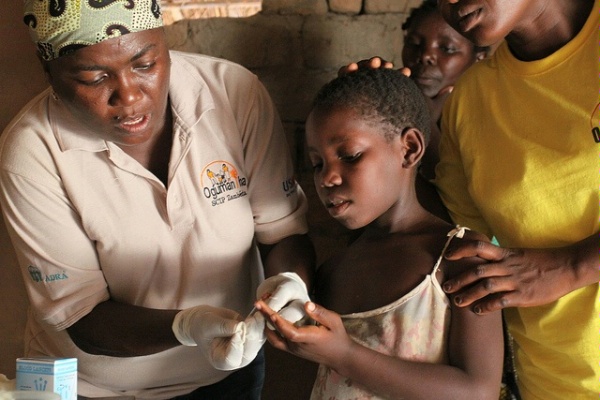
By: Michael Land
The Human Genome Project, funded by the government of the United States, was begun in 1990 and completed in 2003. A little more than a decade since, there are genetic tests for diseases as diverse as breast cancer and Huntington’s disease. As with any technological advancement, the law is often slow to keep pace with the rapidly changing developments in the field of genetics. For example, until 2012’s landmark case Association for Molecular Pathology v. Myriad Genetics, it was possible for a single corporation to patent a human gene and thus monopolize all genetic tests for a particular illness. The associated increase in cost prevented many people from obtaining information vital to their own health and the health of their family members.
In 2008, the Genetic Information Nondiscrimination Act (GINA) was signed into law. It attempted to remedy some concerns about genetic testing by prohibiting certain types of discrimination based on an individual’s genetic information. Under the terms of the law, employers and health insurance providers may not discriminate against healthy people simply because of a predisposition to develop an illness. The Patient Protection and Affordable Care Acts further limit discrimination based on pre-existing conditions. Nonetheless, these laws apply mostly to adults; legal controversies still surround genetic testing, particularly in cases of fetuses or children.
Huntington’s disease is a genetic disorder that causes progressive neurological degeneration and death. Anyone who carries the mutant gene will develop the disease, and there is currently no cure. Women with children at risk for Huntington’s disease may undergo prenatal genetic testing to determine whether the fetus carries the mutant gene. Some choose to undergo selective abortion if the test reveals that the fetus will develop Huntington’s.
This brings up a moral dilemma. The disease is late-onset, generally presenting when the patient is about age 40. Women who find out that their children will be affected by such a disease must make a difficult decision. Is it better to live with a shortened lifespan or to never live at all? Perhaps moreimportantly, is it within the purview of the government to make that decision, or should it be left to individual choice?
In the United States, sex-selective abortion is illegal in some states. If we accept the belief that a government may ban both genetic discrimination and sex-selective abortion, may it also ban abortions based on the genetic makeup of the fetus? Does the potential for a false positive or false negative change the underlying ethics of the situation?
Finally, we cannot discount the fact that genetic disabilities are not a monolithic disease. They range in severity from mild to devastating. When laws regarding prenatal testing are considered, it is imperative that they take these differences into consideration. For example, one might argue that there is a distinction between banning abortions based on the potential to develop Huntington’s disease, in which symptoms appear during middle-age, and Tay-Sachs disease, in which symptoms occur soon after birth.
Differences in disease pathology, family history, and personal beliefs may influence a person’s desire to undergo genetic testing. Megan Smith is a teenager with a family history of Huntington’s disease. She has a 50 percent chance of developing the disorder within her lifetime. Megan is choosing not to be tested for Huntington’s, underscoring the deeply personal and possibly traumatic nature of the information revealed by the test. While Megan has the chance to live a normal life, some families are not so lucky. Emily Rapp is the mother of a son with Tay-Sachs disease. Her story highlights the harsh reality of having a child with a debilitating illness. With no reason to suspect that she carried the Tay-Sachs mutation, Emily chose not to have the genetic test performed on her unborn son; he was born with the condition that would later end his life. She explained her dilemma this way: “I’m so grateful that Ronan is my child. I also wish he’d never been born; no person should suffer in this way—daily seizures, blindness, lack of movement, inability to swallow, a devastated brain—with no hope for a cure.”
Emily’s story offers a more nuanced alternative to the black-and-white worldview of pro-life politicians such as Rick Santorum. In 2012, Santorum claimed that prenatal genetic testing was a recipe for more abortions, designed to “cull the ranks of the disabled from our society.” Santorum’s daughter Bella suffers from Trisomy 18, a rare and often fatal disorder that is easily detected via prenatal testing. Some studies have shown that up to 90 percent of fetuses with genetic abnormalities are aborted, making prenatal testing a new battleground for pro-life activists.
Last April, a federal judge heard the case of North Dakota’s most recent anti-abortion law, considered by many to be the toughest in the country. The law’s restriction on abortions later than six weeks was overturned. However, the parts of the law banning sex-selective abortions and abortions based on genetic disabilities remained unchallenged. As these tests become more affordable and widely available, more states will question whether or not to ban abortions based on the results of genetic testing. While such laws may result in fewer abortions, they will also be associated with an increase in the number of children born with genetic disabilities.
In the past decades, we have seen a revolution in the field of medicine. Society is struggling to move forward at the same rate. While efforts have been made to combat discrimination because of genetic predispositions, there are still ethical dilemmas posed by genetic tests. Are prenatal tests ethical? Is there a moral dilemma surrounding the association between these tests and selective abortions? As society evolves and science continues its relentless march towards progress, we must make a conscious effort to examine the implications of traditional medical ethics in light of these new discoveries.

